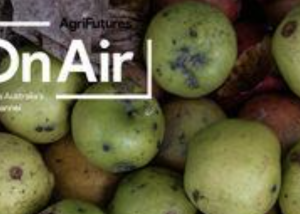
Workshop waste is generated in spaces where light industrial work is undertaken on land associated with an agricultural, fisheries or farm-forestry enterprise. It includes fencing wire and treated timber (including copper chrome arsenate or CCA posts), tyres, oil, machinery and other inert and hazardous waste.
In 2020-21 Australian agriculture, fisheries and forestry generated an estimated 163,000 tonnes of workshop material (this estimate includes some but not all workshop waste materials).
The broadacre sector accounted for 88,000 tonnes (54%) of agricultural workshop waste. This is due to the large number of hectares in broadacre production combined with the extent of machinery used on broadacre farms.
There are workshop waste management opportunities and relevant product stewardship schemes already occurring in Australia, and these have viable potential to be utilised by agriculture, fisheries and forestry stakeholders.
The Pre-Farm Gate Waste Program workshop waste report uncovered 14 barriers and opportunities to improve waste management in regional, rural and remote Australia. Existing management practices were found to be most effective when they are local, simple, effective and cheap. Four community-based waste management approaches were also designed to allow stakeholders to better manage their workshop waste.






